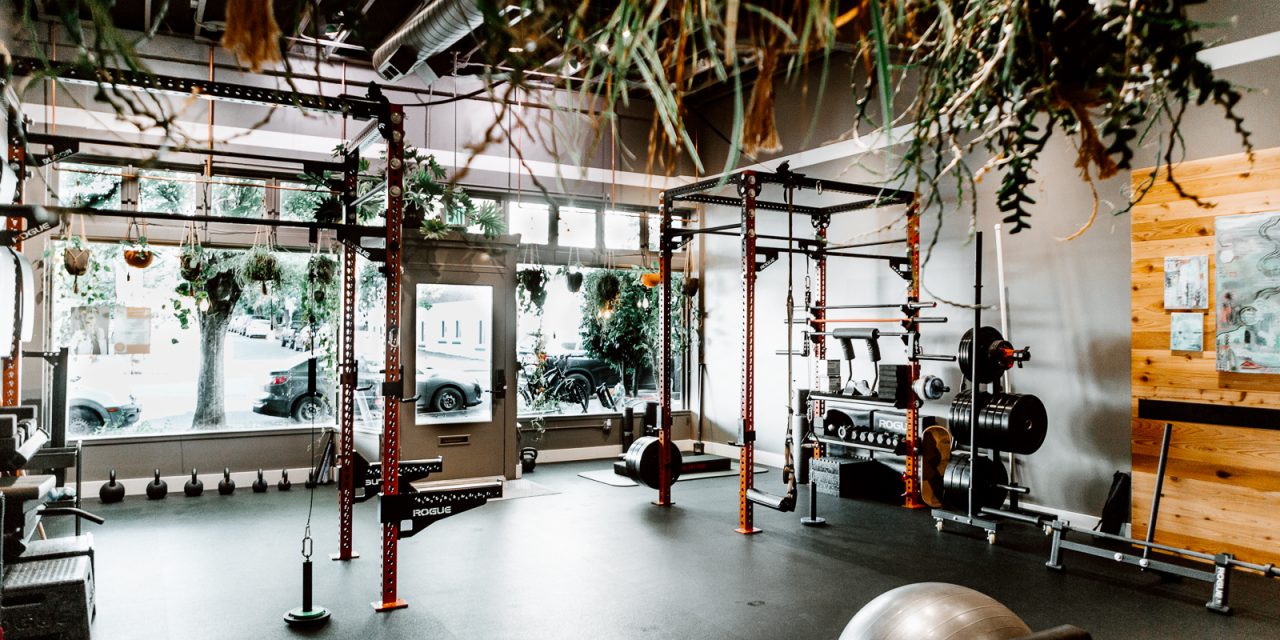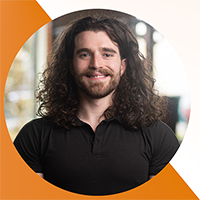Many of the patients that walk through our doors experience pain due to the inability to alter or reduce the amount of muscular activity from a certain area of the body. Very frequently the stress that is imposed onto an area would not and should not be provocative of pain sensation under normal circumstances. Usually when the same relative amount of stress is applied to another region of the body (ie if you have pain in the right knee when walking up stairs, but not the left knee), they are easily tolerated with no symptoms of pain. Part of our clinical system here at Move Better is to determine the area of the body that perceives a sensation of pain and then use our Movement Paradigm to assess how the patient’s body chooses to load the area through different positions while also determining its overall contribution and/or relative sustained force production. This concept is what we refer to as Load Management.
These assessments are normally compound movements. Compound movements are actions performed by the body that require multiple muscles and multiple joints to work together simultaneously to achieve a goal. For example, picking up a suitcase involves the ankles, knees, hips, spine, shoulders, arms, wrists, and hands all working together to pick the suitcase up off of the ground, control, and move it from point A to point B. When selecting the movements that are used to evaluate Load Management, we choose movements that are reflective of the Activities of Daily Living we all tend to have to perform regularly so that the information we receive has relevance and applicability in our patients day to day lives. These activities include things like getting dressed, taking out the trash, pushing a shopping cart, and walking up stairs.
The common correlation that we see with patients who we suspect have symptoms of pain is a tendency to bias a higher relative amount of overall work to the area of complaint when compared to other muscle groups and joints that could contribute through different loading paradigms. This can be problematic because this routinely infers a lack of awareness around the ability to use different muscles through movement that can reduce the overall stress being placed on the area of complaint.
To use an analogy, imagine you are moving furniture and have 4 people available to move one couch up a flight of stairs. If all 4 people are working together to move the couch the task is fairly easy and is likely not going to cause any of the people moving the couch to become overly fatigued. If 3 out of the 4 people available to move the couch start eating pizza (which was obviously there for AFTER the furniture was already moved as a reward) and leave only one person to fumble up the stairs with the couch all on their own, it can quickly turn into a awkward Jenga nightmare from hell for the person struggling to make sure the couch does not slide back down the stairs or bust open a wall. Many hands make light work is a good saying for performing muscular demands in the human body.
After confirming our suspicions about how the area of pain functions under loads within our Movement Paradigm, we then start working with our patients on how to activate other areas of the body with the goal of trying to place reduced amounts of work and stress in the area experiencing pain. At the clinic, we see that a high percentage of patients are quickly able to access the areas of the body that, if called upon, will work harder to experience less pain. This is good news for patients experiencing pain because this can, in some cases, almost instantaneously remove the underlying cause of a patient’s pain.
In contrast to humans, a fawn or a calf already knows how to walk and move as soon as they come out of the womb. Humans also have a genetically inherited understanding of how to move our bodies but this slowly manifests as we develop through infancy, childhood, adolescence, and adulthood. Humans acquire the ability to move by adapting to the external environment they are surrounded by. This allows the human’s environment to significantly alter their movement development. Most animals will never experience this because their environment generally is not changing faster than their ability to genetically adapt. A human’s movement environment changes significantly from childhood to adulthood due to the exponential rate of development of civilization, technology, and increasing prevalence of sedentary lifestyle as well as working from home.The imposed demands of modern society have outpaced our bodies ability to adapt and therefore we forget how to move intuitively.
Very often this ability to move intuitively is not lost but rather forgotten. Here at Move Better we specialized in helping our patients remember how to sense their body through space and assert conscious control over their ability to heal themselves through Load Management.



